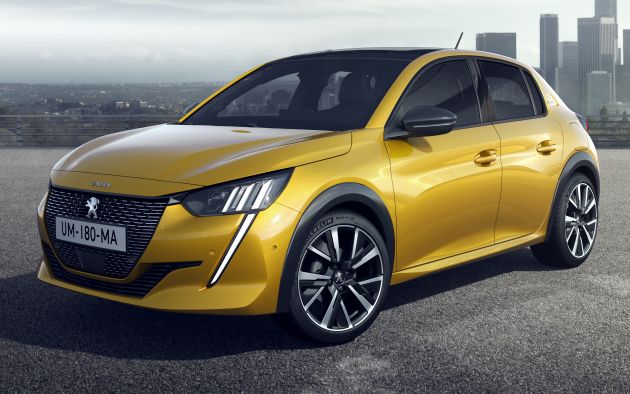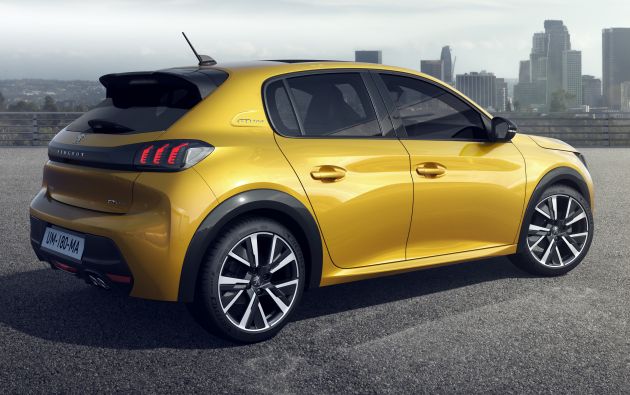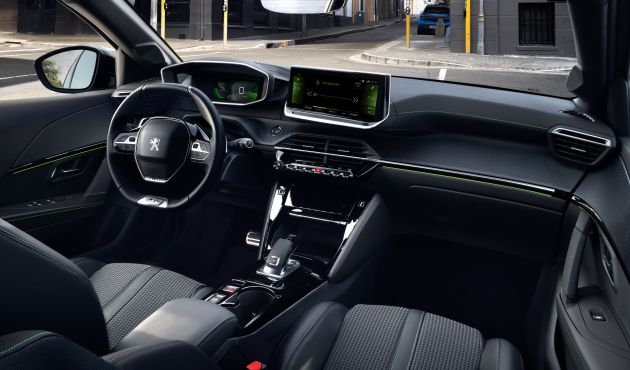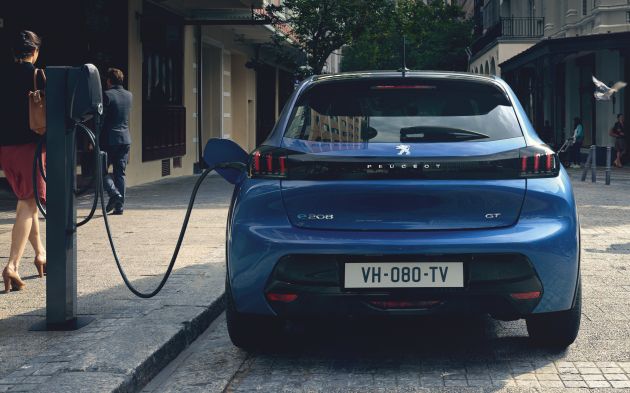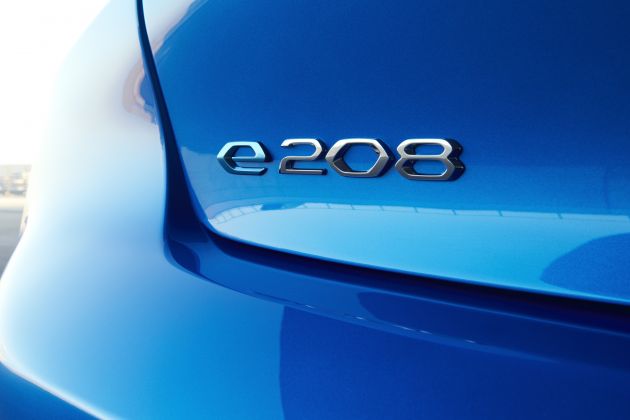It’s going to be a busy year for the B-segment hatchback market, with several new models set to be revealed in 2019. The first of these is the Peugeot 208, which has been redesigned from the ground up to compete with the latest Volkswagen Polo and Ford Fiesta.
Don’t be fooled by the reused moniker, a first for a Peugeot supermini – this is a proper roof-to-tyres makeover. It rides on the PSA Group’s new Common Modular Platform (CMP) architecture, and for the first time it will be designed with complete electrification in mind. But more on that later.
First, let’s talk looks, and what a striking design this is, borrowing many of its design cues from the new 508 sedan. As with the larger model, the headlights get dramatic light guides that reach down the full height of the bumper, and certain variants even get full-LED “three-claw” lamps. The large six-point grille has been made sharper, framed by a U-shaped air intake and topped by the 208 badge.
The windscreen, meanwhile, has been pushed back to give the 208 a longer nose, and the distinctive scalloped sides and vertical quarter light windows provide a bit of visual interest. You’ll also get gloss black wheel arches on GT Line and GT versions, which come with 17-inch alloy wheels with screw-in aero shrouds.
Moving to the rear of the car, there’s a full-width gloss black panel much like the 508, 3008 and 5008, carrying the tail lights which, again, have a “three-claw” design. The number plate recess has been moved into the bumper, where you’ll also find the optional gloss black diffuser with twin tailpipes.
The colour palette now includes metallic Faro yellow, triple-coat Vertigo blue and an Elixir red with a coloured clear coat, but unfortunately the previous-generation‘s handsome three-door model is no more – it’s five-door only from here on out.
The original 208 debuted Peugeot’s i-Cockpit interior concept, and this latest model takes it to a whole new level. You still get a high-mounted instrument cluster above a small steering wheel, but you can now get a holographic three-dimensional digital display as an option.
What’s more, the centre touchscreen is larger, available in five-, seven- and ten-inch versions, depending on the variant. Buyers can specify TomTom navigation, a Mirror Screen function that supports MirrorLink, Apple CarPlay and Android Auto, and up to four USB sockets – including one Type C outlet.
Peugeot has also introduced numerous extra storage spaces, including one in the centre console where you can either charge your phone wirelessly or prop it upright using the underside of the lid. A soft-touch dashboard is fitted on the second-tier Active model and above.
Safety-wise, the 208 comes with all the latest technologies, including autonomous emergency braking (with day and night pedestrian and cyclist detection), active cruise control (with stop-and-go on automatic models), lane positioning assistance, active lane/verge keeping assist, full park assist, blind spot monitoring, traffic sign recognition and auto high beam. There’s also an electronic parking brake to replace the manual handbrake.
Peugeot says that with the CMP architecture, the company has managed to limit the 208’s carbon dioxide emissions, thanks to a weight saving of up to 30 kg, improved aerodynamics, reduced rolling resistance and optimised powertrains. It also claims reduced noise and vibration levels with this car.
The engine lineup has been trimmed, with just one petrol engine available – it’s the 1.2 litre PureTech three-cylinder mill that is offered in 75 hp, 100 hp and 130 hp variants, all with automatic engine start/stop and paired to either a five-speed manual gearbox (75 hp), a six-speed manual (100 hp) or a new eight-speed auto (100 hp, 130 hp). Certain markets (read: probably ours) will get a six-speed auto instead.
Diesel buyers can punt for the 100 hp 1.5 litre BlueHDi four-pot, but the real big news is the availability of a new all-electric version called the e-208. This one produces 136 hp and 260 Nm of torque from its single electric motor, gets from zero to 100 km/h in 8.1 seconds and, most impressively, will deliver a range of up to 340 km on the newer, more stringent WLTP cycle.
Better yet, the 50 kWh battery, which takes up 220 litres of volume, slots under the floor pan with no compromise in interior and boot space. Charging takes 16 hours through a domestic socket, or five hours and 15 minutes through a 11 kW three-phase wall box (eight hours for 11 kW single-phase). Alternatively, drivers can also take advantage of 100 kW public chargers that will provide 80% of charge in 30 minutes.
The e-208 is differentiated from its fossil-fuelled siblings via a body-coloured grille, dichroic blue lion badging, 17-inch alloys with unique inserts and Alcantara/Greval grey upholstery with a 3D mesh knit.
Source: Read Full Article

